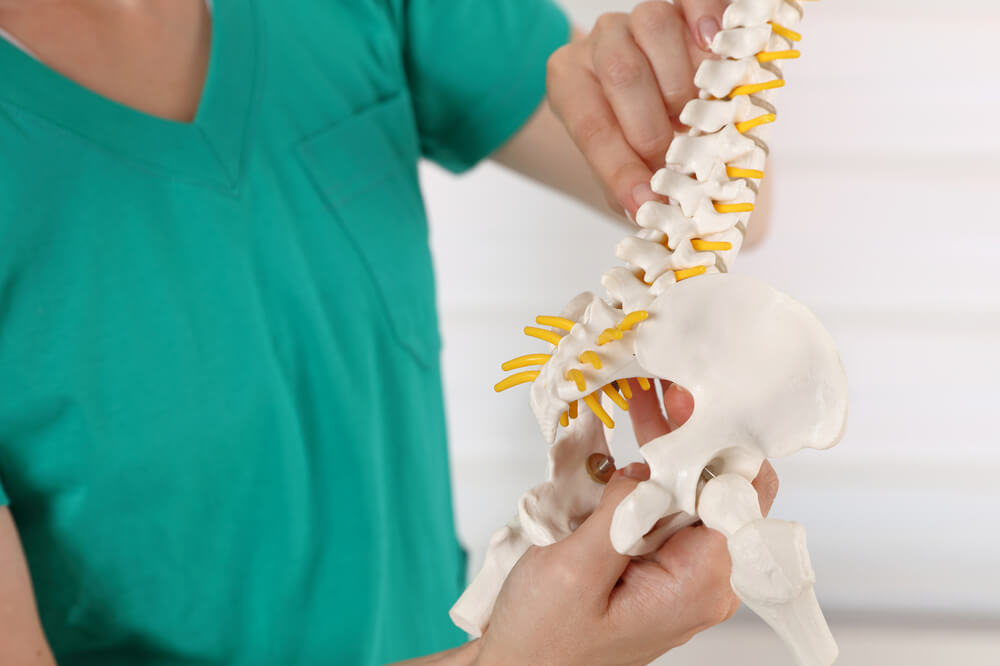TREATMENT
Treatment for coccydynia is classified into three (3), including home remedies from which most coccydynia patients recover, outpatient treatment, and surgical procedure.
For home-remedies:
- Reducing sitting time
- Taking a NSAID like ibuprofen to diminish pain and swelling
- Take a hot bath to calm your muscles and relieve your discomfort
- When sitting, use a donut pillow
- Take stool softeners during bowel movements to minimize discomfort
- Stretching and tightening the pelvis muscles and lower back
- Applying your lower back with hot or cold packs. Apply many times in a day for 20 to 30 minutes
- Wearing loose-fitting clothes
For outpatient treatments:
- Acupuncture
- Transcutaneous Electrical Nerve Stimulation (TENS )
- Blocking the nerve supply area, a coccygeal nerve block uses numbing drugs and steroids to minimize inflammation
- Therapy and massage (usually provides temporary relief)
- Stretching movements and posture enhancement conducted by a physical therapist
For surgical operation:
- Partial coccygectomy (elimination of part of the coccyx — infrequent)
- Total coccygectomy (elimination of the entire coccyx — infrequent)
Recovery time from a coccygectomy can take a couple of months — perhaps a year.
Unfortunately, there’s no assurance that the pain will disappear regardless of whether the bone is removed. Once more, this procedure is uncommon.
Other symptoms such as depression, anxiety, and sciatica, which can arise concurrently with coccydynia, should also be discussed and treated.


